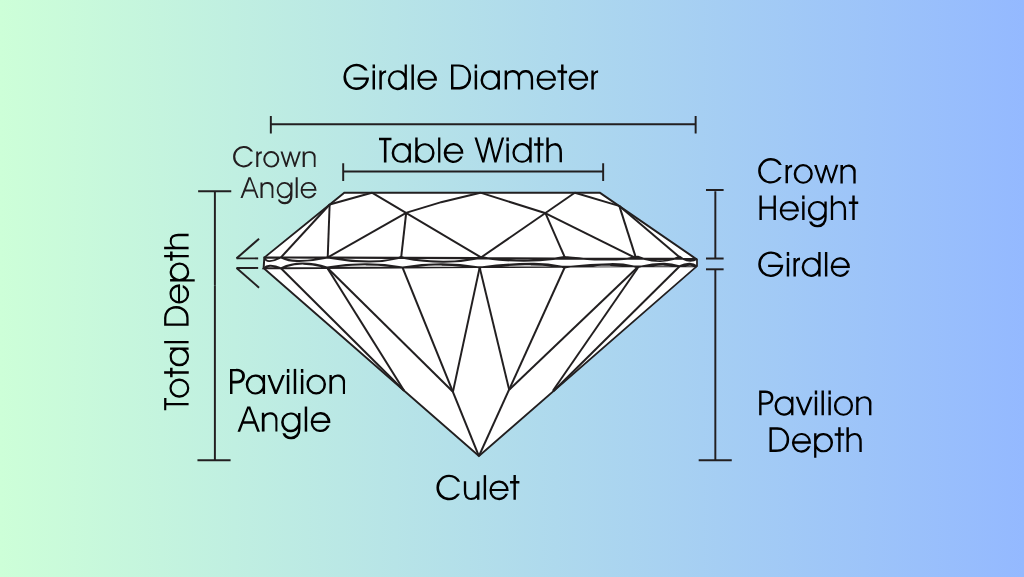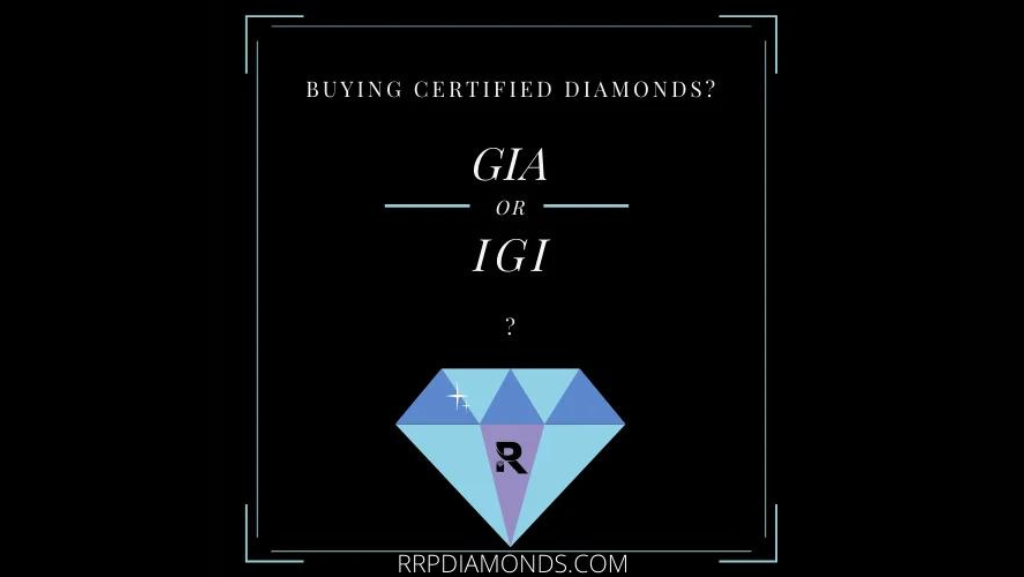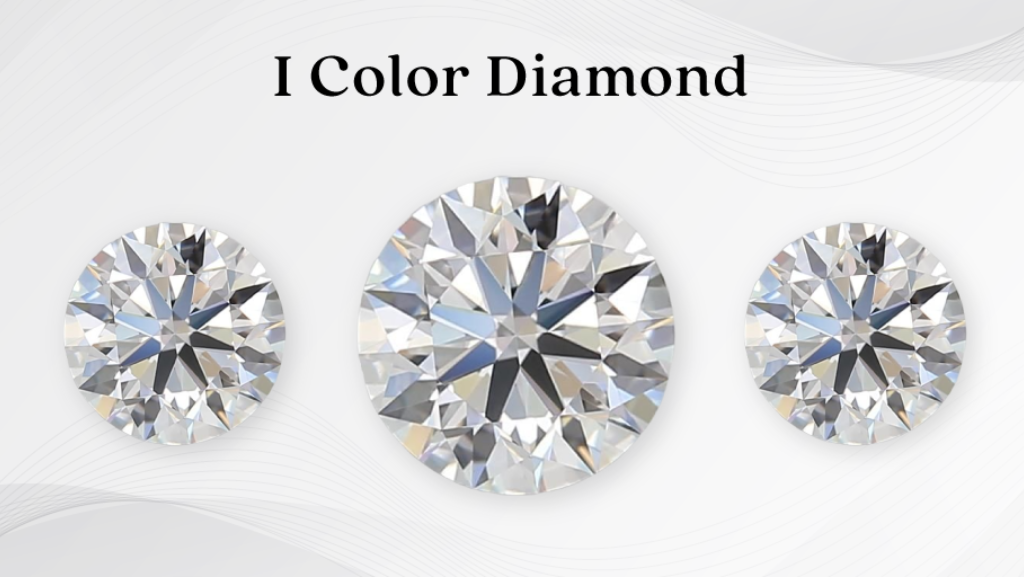
Diamonds, renowned for their unrivalled beauty and brilliance, captivate us with their timeless allure. But did you know that within these precious gemstones lie hidden stories of their formation? Natural diamond inclusions refer to internal or external imperfections that occur within diamonds during their formation process.
In this blog post, we will delve into the fascinating world of natural diamond inclusions and explore their significance in gemology, geology, and beyond. There are various types of natural diamond inclusions that can occur during the diamond formation process.
Some common types of natural diamond inclusions include:
Diamond Crystals: Consider a crystal as a diamond encapsulated within a diamond, often consisting of minute fragments of diamond or mineral deposits that became trapped during the diamond’s formation process.
Diamond Feathers: Resembling tiny cracks or fractures within a diamond that exhibit a feathery resemblance and Spanning from top to bottom, feathers are minute cracks within the diamond that, when sufficiently deep, can pose a risk to undermine the structural integrity of the diamond.
Diamond Clouds: Cloud inclusions refer to clusters of tiny pinpoint-like or cloudy features within a diamond. They are usually caused by numerous small inclusions or trapped gases.
Pinpoints: Among the extensive array of diamond inclusions, the most prevalent is the pinpoint, characterized by tiny black dots visibly discernible on the table of a diamond.
Diamond Knots: A knot is a crystal inclusion within a diamond that extends all the way to the diamond’s surface. These inclusions can sometimes be visible on the surface of the diamond.
Needle: A long thin needle-shaped inclusion that is usually white or transparent in color. If they appear in clusters, it might have a detrimental effect on the diamond’s clarity.
Indented Natural: Although it may resemble a chip, an indented natural inclusion is actually positioned within the interior of the diamond, beneath its surface.
Diamond Surface Graining: Despite the term “surface,” this inclusion type can also be internal, albeit positioned in close proximity to the surface of the diamond.
Cavity: Cavities are voids or openings within a diamond that can range in size and shape. They may occur naturally or as a result of inclusions that have been removed through treatments.
These are just a few examples of natural diamond inclusions. Each diamond is unique, and the combination and characteristics of its inclusions contribute to its individuality.
It’s important to note that the presence of inclusions doesn’t necessarily diminish the beauty or value of a diamond. In fact, some inclusions, such as certain types of surface graining, can create unique and visually appealing patterns known as diamond clarity characteristics.
Ensure that when you search for a natural diamond, you select the one that perfectly matches your preferences.
Conclusion
Natural diamond inclusions provide us with an intriguing glimpse into the geological processes that occurred deep within the Earth’s mantle. They not only contribute to our understanding of diamond formation and the Earth’s history but also offer an opportunity to appreciate the remarkable beauty that lies within these gemstones. So, the next time you gaze upon a dazzling diamond, take a moment to ponder the hidden secrets it may hold within.
FAQ
What are the best inclusions to have in a diamond?
The best inclusions to have in a diamond are ones that are invisible to the naked eye and do not affect its beauty or durability.
What do diamond inclusions look like?
Diamond inclusions can appear as small crystals, feathers, clouds, needles, knots, or other imperfections within the diamond.
What diamond inclusions to avoid?
It is best to avoid diamond inclusions that are visible to the naked eye or those that affect the diamond’s structural integrity.
What is surface graining on a diamond?
Surface graining is irregular crystal growth seen on the surface of a diamond, often indicating changing conditions during formation and cannot be removed by polishing.
Should I buy a diamond with inclusions?
Yes, it depends on personal preferences. Natural diamonds with inclusions can be unique and more affordable compared to flawless diamonds, but consider the visibility of inclusions and assess the diamond’s appearance and quality before deciding.

